As U.S. President Donald Trump prepares to travel to South Korea for the Asia-Pacific Economic Cooperation (APEC) summit in late October, South Korean officials are working to flesh out details of security and trade agreements left unresolved after Trump’s August 25 meeting with President Lee Jae-myung. Trade discussions have garnered particular attention, especially regarding differences over Seoul’s proposed $350 billion investment fund. However, bilateral talks on “modernizing” the U.S.-South Korea alliance will not only set the tone for the alliance’s future but also signal how the second Trump administration intends to execute its Indo-Pacific strategy.
Alliance modernization
Trump officials in the U.S. Department of Defense generally see China as the long-term pacing threat. In May, the Pentagon identified the defense of the U.S. homeland and deterrence of China in the Indo-Pacific as its top two priorities. To support the latter, U.S. Secretary of Defense Pete Hegseth pressed U.S. regional allies to boost defense spending to 5% of GDP and assume greater responsibility for regional security. References to “modernizing” the U.S.-South Korea alliance in readouts of bilateral meetings suggest possible changes to the U.S. force posture on the Korean Peninsula.
“Modernization” has been the Trump administration’s shorthand for pushing U.S. allies to adapt to a changing regional security environment and shoulder more of the defense burden. Trump’s disdain for “free-riding” allies underscores this position. Yet since America alone may no longer be capable of deterring China, allies will need to step up and play a greater role in regional defense.
Alliance modernization in context
The United States and South Korea have repeatedly “modernized” their alliance since its establishment in 1953. Most notably, in the 2000s, the George W. Bush administration oversaw a major transformation that consolidated and closed dozens of U.S. bases and reduced United States Forces, Korea (USFK) from 37,000 troops to the present-day 28,500 troops.
While political friction during the height of anti-U.S. protests in 2002 played some role in spurring alliance transformation, structural factors beyond the Korean Peninsula—including the Iraq War and the 2004 Global Defense Posture Review conducted after 9/11—were more consequential. Washington transferred frontline defense duties along the North Korean border to an increasingly capable South Korean military. The Bush administration also called for “strategic flexibility” for USFK, allowing U.S. forces to operate in areas beyond the Korean Peninsula, such as the Taiwan Strait. (U.S. air bases in Osan and Kunsan are approximately 850 and 700 miles from Taiwan, respectively.)
Strategic flexibility
“Strategic flexibility” was highly controversial for the progressive Roh Moo-hyun government. Many South Koreans feared that permitting strategic flexibility would provoke Beijing or drag their nation into an unwanted war with China. Others worried that sending U.S. troops off the peninsula could also invite a North Korean attack.
Nevertheless, the two sides papered over their differences in a loosely worded joint statement in January 2006. Seoul acknowledged “the necessity of strategic flexibility” for USFK, while Washington stated that it would respect Seoul’s position of not dragging South Korea into a regional conflict “against the will of the Korean people.”
The Trump administration’s call for alliance modernization has revived the issue of “strategic flexibility.” A few signs indicate that the Lee government may be more open to strategic flexibility than past progressive administrations. Since 2021, South Korean leaders have openly linked the U.S.-South Korea alliance to Indo-Pacific security and mentioned the importance of peace and stability in the Taiwan Strait in joint statements. As South Korea now faces a more powerful China and greater pressure in the Yellow Sea, Lee may see value in standing up to Chinese bullying. Finally, recent U.S. redeployments—such as the transfer of U.S. Patriot and Terminal High Altitude Area Defense missile batteries from the Korean Peninsula to the Middle East amid escalating Israel-Iran tensions—illustrate that Seoul and Washington are already exercising strategic flexibility in practice.
The U.S. troop presence
Allowing USFK to deploy beyond the Korean Peninsula in a regionwide conflict would increase its strategic value. In May, reports swirled that the Trump administration might relocate 4,500 troops from South Korea to Guam. Some experts, including a former senior adviser to Hegseth, have urged the administration to reduce USFK by more than 50% to 10,000 troops.
While smaller force adjustments may be tolerable, such major reductions in U.S. forces would be illogical and dangerous. If the Trump administration truly seeks to deter China and remain relevant in the Indo-Pacific, it will need to sustain significant force levels in the region. Keeping USFK at current or even slightly reduced levels, while allowing for flexible deployments, makes the most sense, especially given strengthened military ties between Russia and North Korea and their linkages to China—all of which are nuclear-armed states.
Wartime operational control
A long-standing objective of South Korean progressives—and now one of Lee’s policy goals—is to assume wartime operational control (OPCON) of the South Korean military. Although the United States transferred peacetime operational command authority over South Korean forces back to the South Korean military in 1994, the United States continues to maintain operational control over South Korean forces in wartime.
If Seoul and Washington find consensus on strategic flexibility, it may make sense for South Korea’s military to undertake more responsibility for conventional deterrence on the peninsula, especially if USFK becomes involved in a conflict elsewhere. Under Secretary of Defense for Policy Elbridge Colby made this very point in May 2024, prior to his appointment to the second Trump administration.
The Lee government appears to be heading in this direction based on discussions with Washington over OPCON in late September. The Trump administration may also be receptive to OPCON transfer to the extent that it supports Trump’s goal of shifting more responsibility to South Korea for regional defense. However, any OPCON transfer must be calibrated and “conditions-based.” The two militaries’ combined defense posture should also continue regardless of who takes operational command during war, with the United States providing extended nuclear deterrence to South Korea.
Allies and Indo-Pacific deterrence
The direction of U.S.-South Korea alliance modernization will test where Trump stands on prioritizing the Indo-Pacific and whether his administration can align an important ally with U.S. regional security goals. South Korea currently spends a higher percentage of its GDP on defense compared to most U.S. allies, and it will greatly contribute to revitalizing U.S. shipbuilding capacity and workforce development.
A sustained USFK presence with greater strategic flexibility, increased joint defense industrial cooperation, and calibrated discussions around conditions-based OPCON transfer would signal Trump’s support for boosting deterrence capabilities vis-à-vis a more assertive China posture.
Conversely, significant troop reductions, unreasonable burden-sharing demands, and a hasty transfer of primary defense responsibility to South Korea, including the transfer of wartime OPCON, would corroborate assertions that Trump is deprioritizing the Indo-Pacific in favor of homeland defense. Alliance modernization should strive for the former—strengthening deterrence and flexibility—and avoid the latter.
-
Acknowledgements and disclosures
The author would like to thank Hanna Foreman for research support, Adam Lammon for editing, and Rachel Slattery for layout.
The Brookings Institution is committed to quality, independence, and impact.
We are supported by a diverse array of funders. In line with our values and policies, each Brookings publication represents the sole views of its author(s).

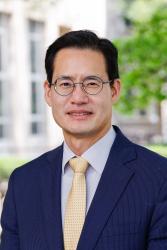

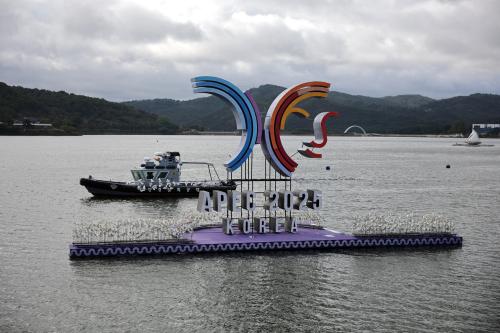
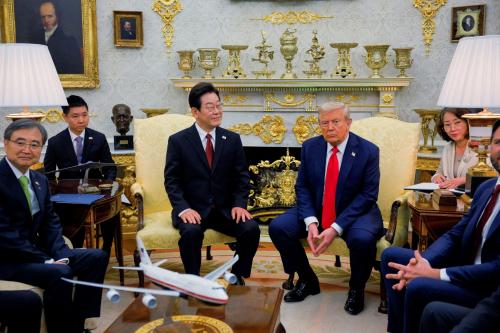
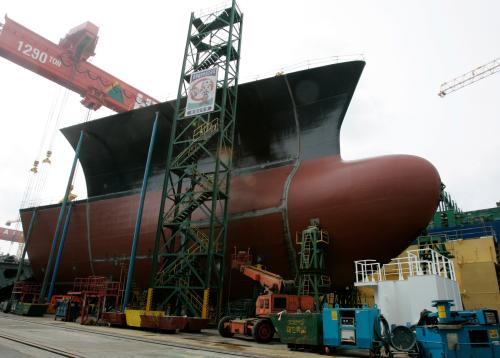
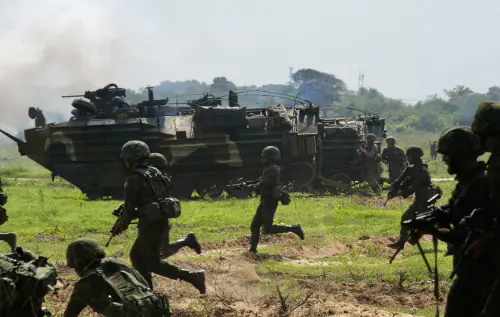
Commentary
How Trump and Lee can ‘modernize’ the US-South Korean alliance
The direction of U.S.-South Korea alliance modernization will test where Trump stands on prioritizing the Indo-Pacific.
October 24, 2025